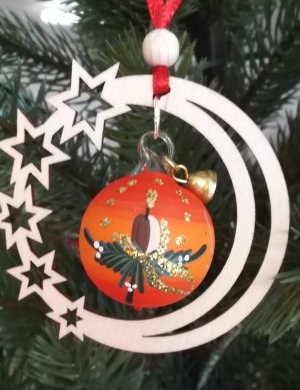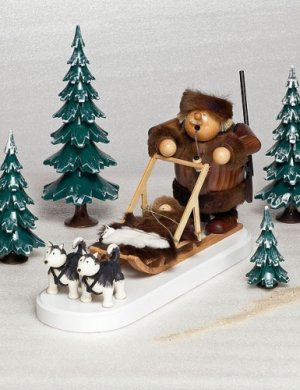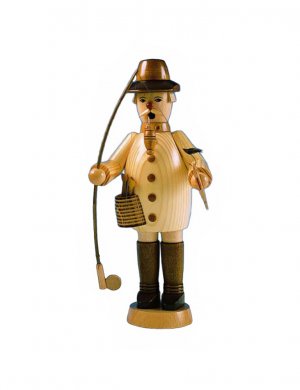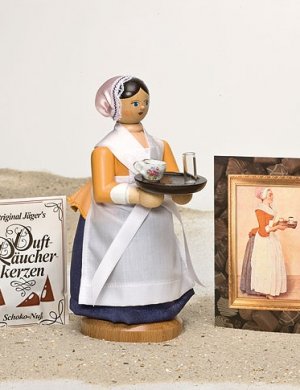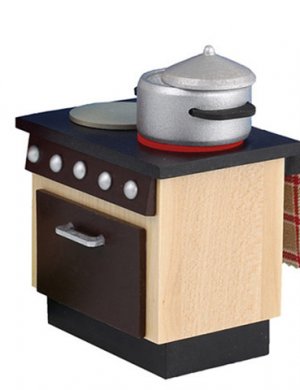The toy maker Günther, based in the beautiful spa town of Seiffen, lovingly and traditionally handcrafts this Druid incense smoker.
The incense smoker, shaped like a druid, impresses with its detailed and masterfully crafted design, making it a unique year-round figure. He wears a long coat in a warm brown-green tone, giving him a mystical and earthy look. His soft, white hair and long, flowing beard frame his face impressively, lending him a wise and dignified appearance.
A pointed hat sits atop his head, emphasizing his druid character. In his hand, he holds a long, ornate staff adorned with red berry balls and a golden element at the tip. The staff serves as a symbol of his power and connection with nature. His face radiates kindness and tranquility, with peaceful, gentle eyes, a round, pink bulbous nose, and delicate, rosy cheeks that give him a lively expression. Particularly striking is the long pipe he carries in his mouth, a typical feature of a traditional smoker.
Around his waist, he wears a belt with a golden sickle, another symbol of his Druidic craft. The acorn and rosehips decoration reinforce the connection to nature and make the figure even more vibrant. Every aspect of the smoker—from the natural colors to the detailed decoration to his peaceful expression—invites you to admire him year-round. At the same time, his function as a smoker brings a warm, fragrant atmosphere into the room. This figure combines craftsmanship and symbolism in a particularly impressive way.
- Height: 28.5 cm
- Colored
- for standard incense candles
You can find more beautiful smokers from the house of toy maker Günther or other manufacturers from the Erzgebirge, here.
What is a Druid?
A Druid was a member of the religious, cultural, and intellectual elite in Celtic societies, which existed primarily in Western Europe, Great Britain, and Ireland. Druids played a central role in these communities and were responsible for various tasks and functions.
Key characteristics of a Druid:
Religious function:
Druids acted as priests who conducted ceremonies and rituals. They were mediators between humans and the gods and performed rituals for fertility, healing, protection, and divination. They worshipped nature and were considered particularly connected to sacred places such as forests, springs, and stone circles. Philosophy and wisdom:
Druids were considered wise men and women who possessed a deep knowledge of nature, astronomy, the seasons, and the healing powers of plants. They also served as advisors and teachers within society and contributed to the oral transmission of knowledge and traditions.
Legal system and mediation:
In Celtic society, Druids often served as judges or mediators in conflicts. They knew the laws and customs of the community and were responsible for maintaining law and order.
Seers and fortune-tellers:
Many Druids were revered as seers, supposedly able to predict the future or interpret secret messages from the gods. They often used natural phenomena, such as the behavior of animals or the position of the stars, to do so.
Connection with nature:
Nature was central to the Druidic worldview. Trees, especially the oak, were considered sacred. Plants such as mistletoe, acorns, and certain medicinal herbs also played an important role in their rituals.
Modern interpretations:
Today, Druids are often a symbol of wisdom, connection to nature, and spiritual guidance. In literature and pop culture, they often appear as mystical or magical figures, for example in fantasy works. There are also modern neo-Druidic movements that embrace ancient traditions and values in a new form.
In summary, a Druid was a multifaceted figure—priest, philosopher, healer, and knowledge-keeper—who shaped both the spiritual and practical concerns of their community.
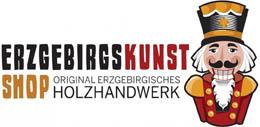
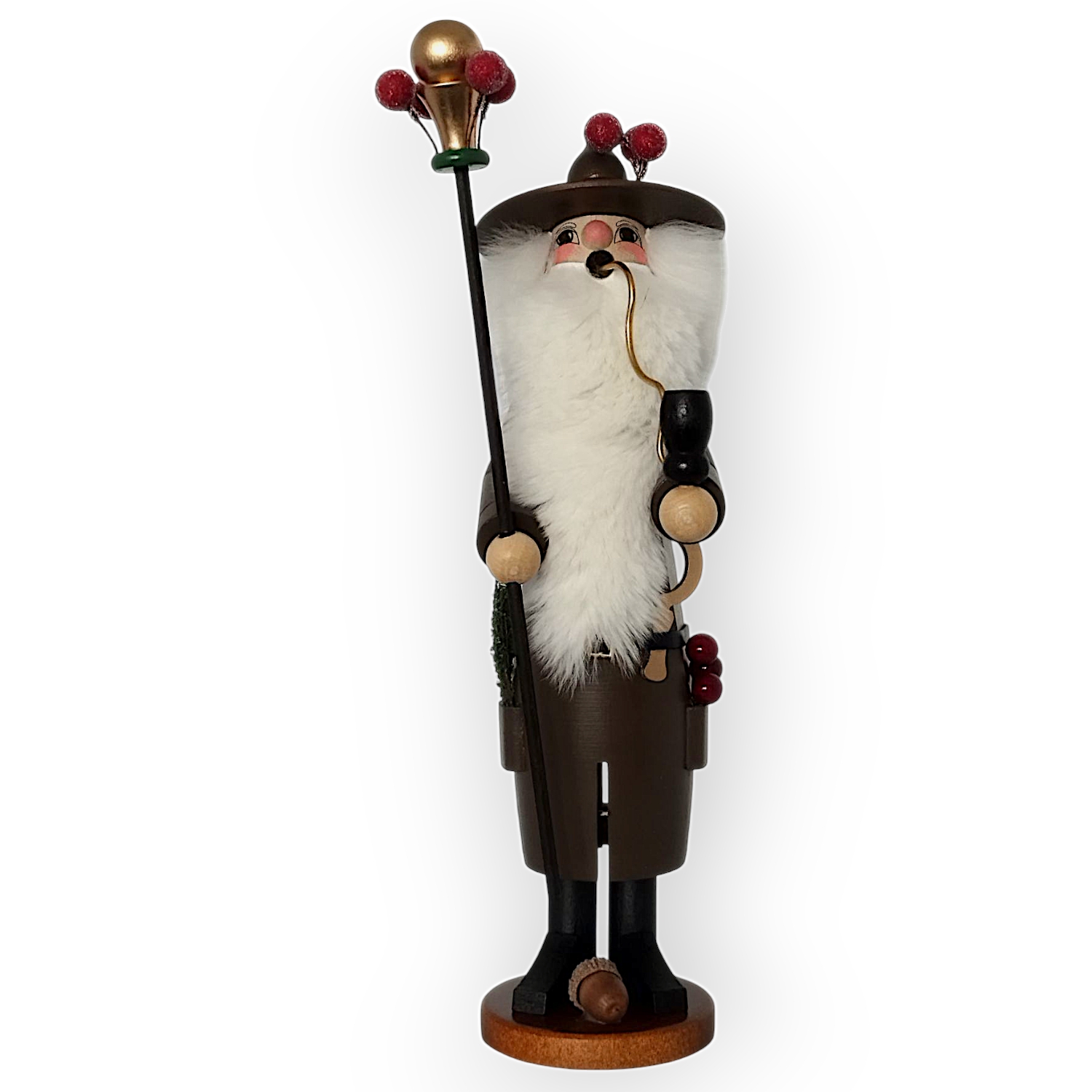
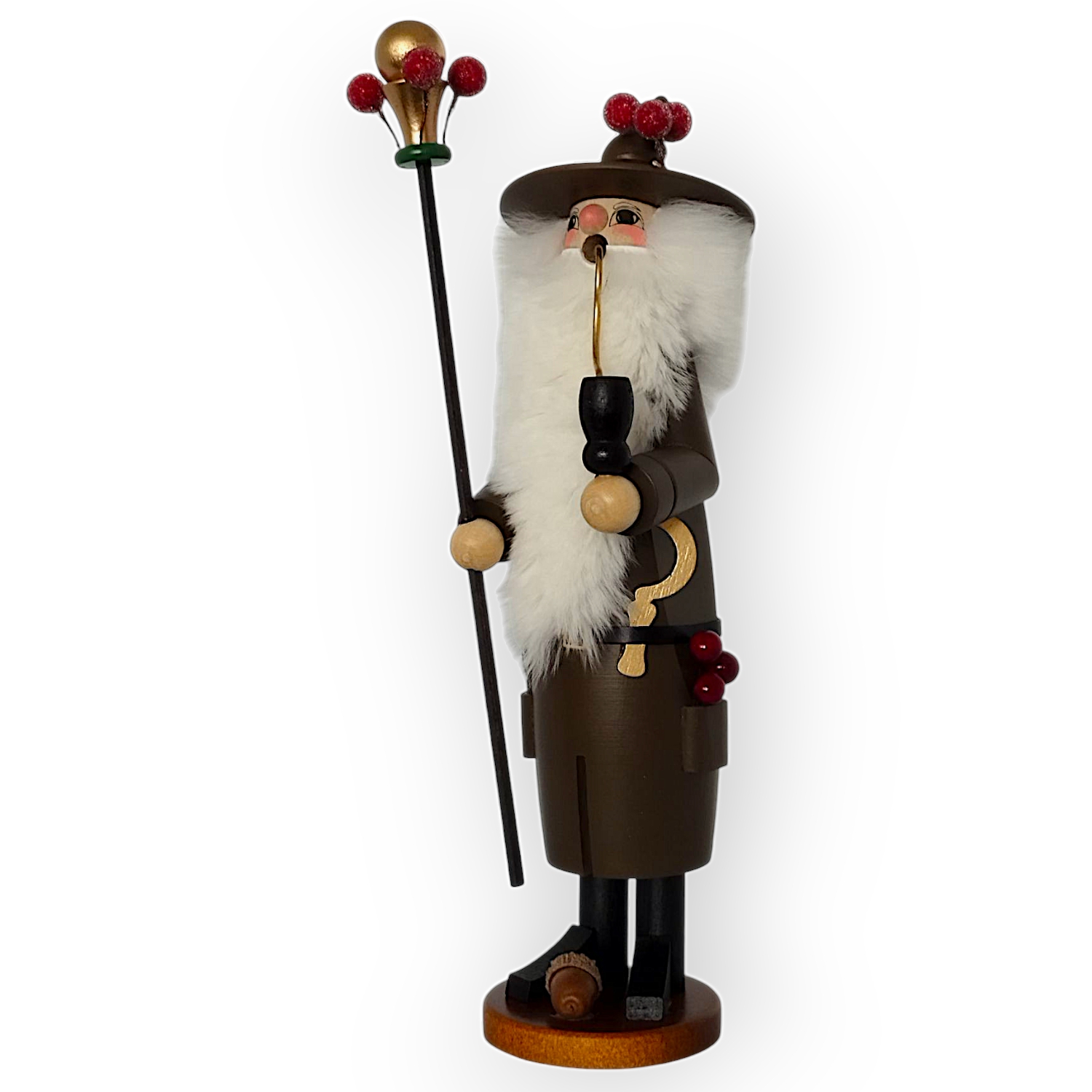
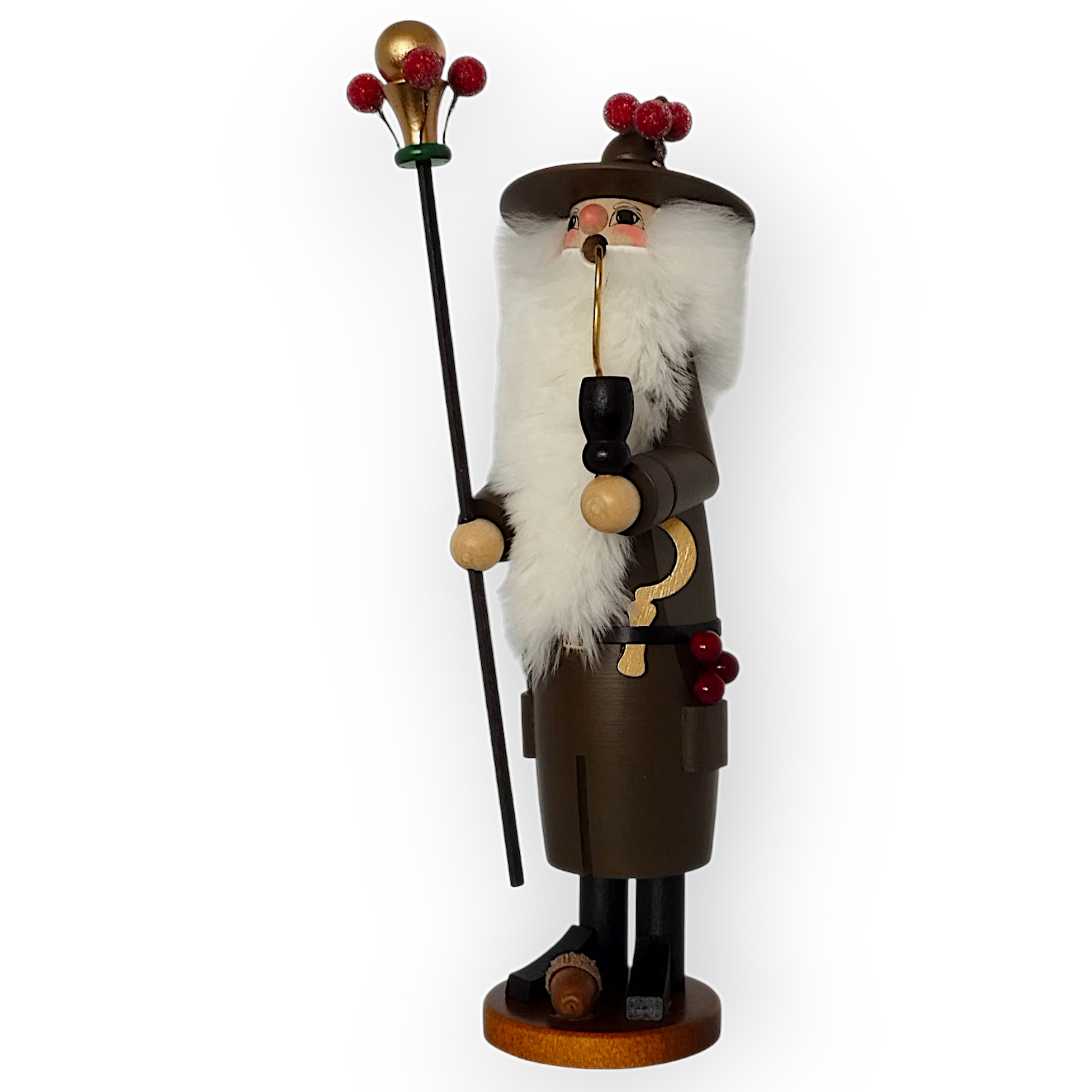
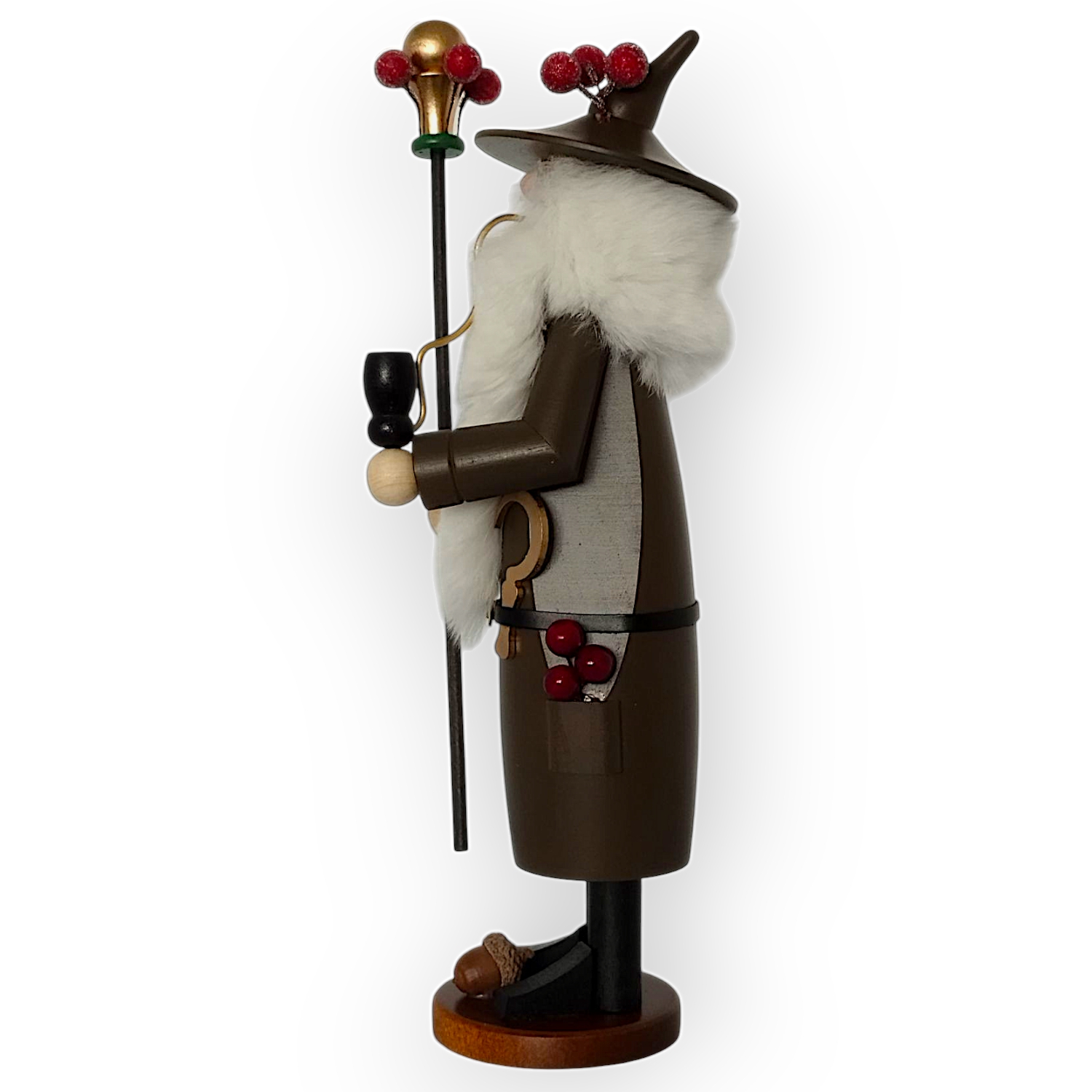
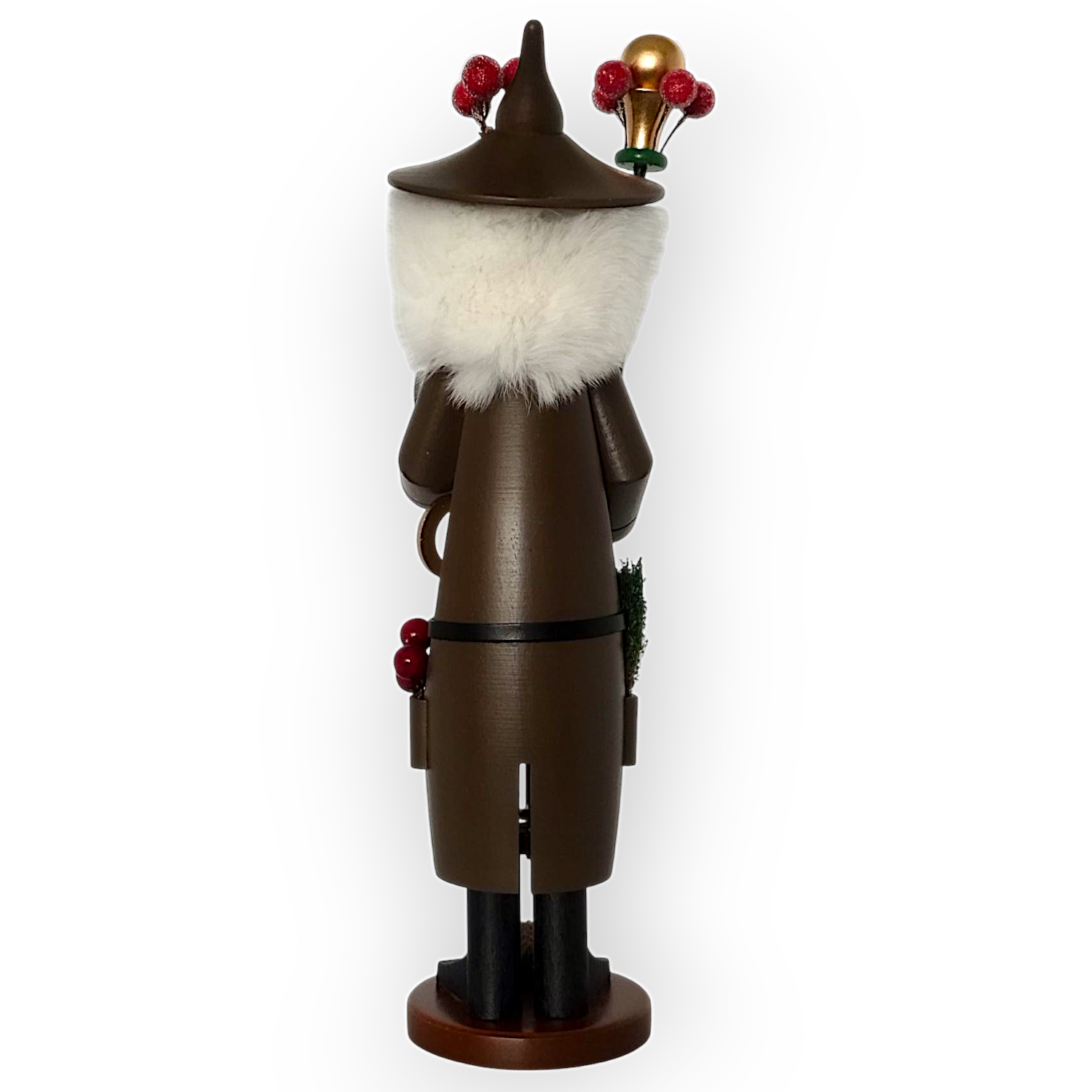
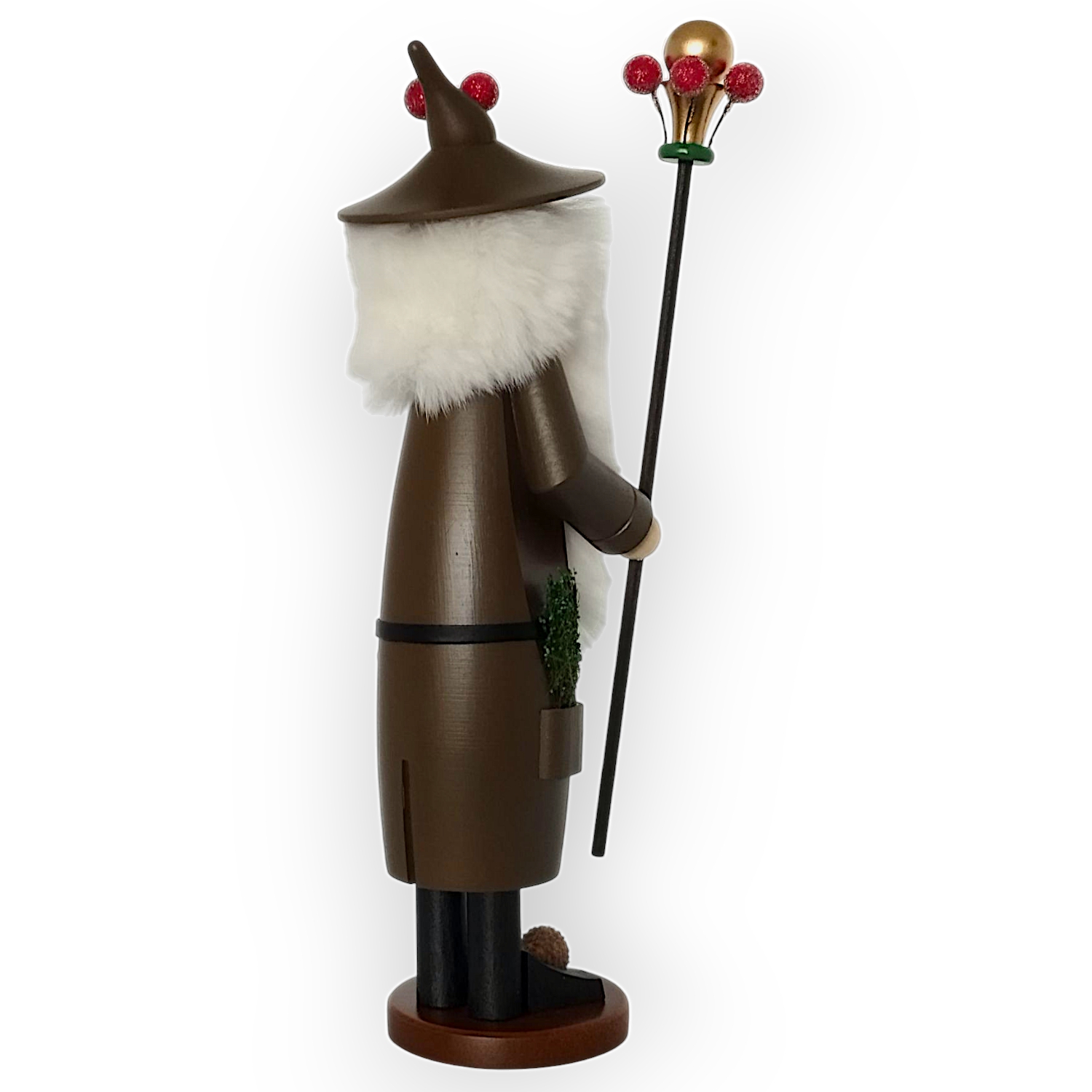
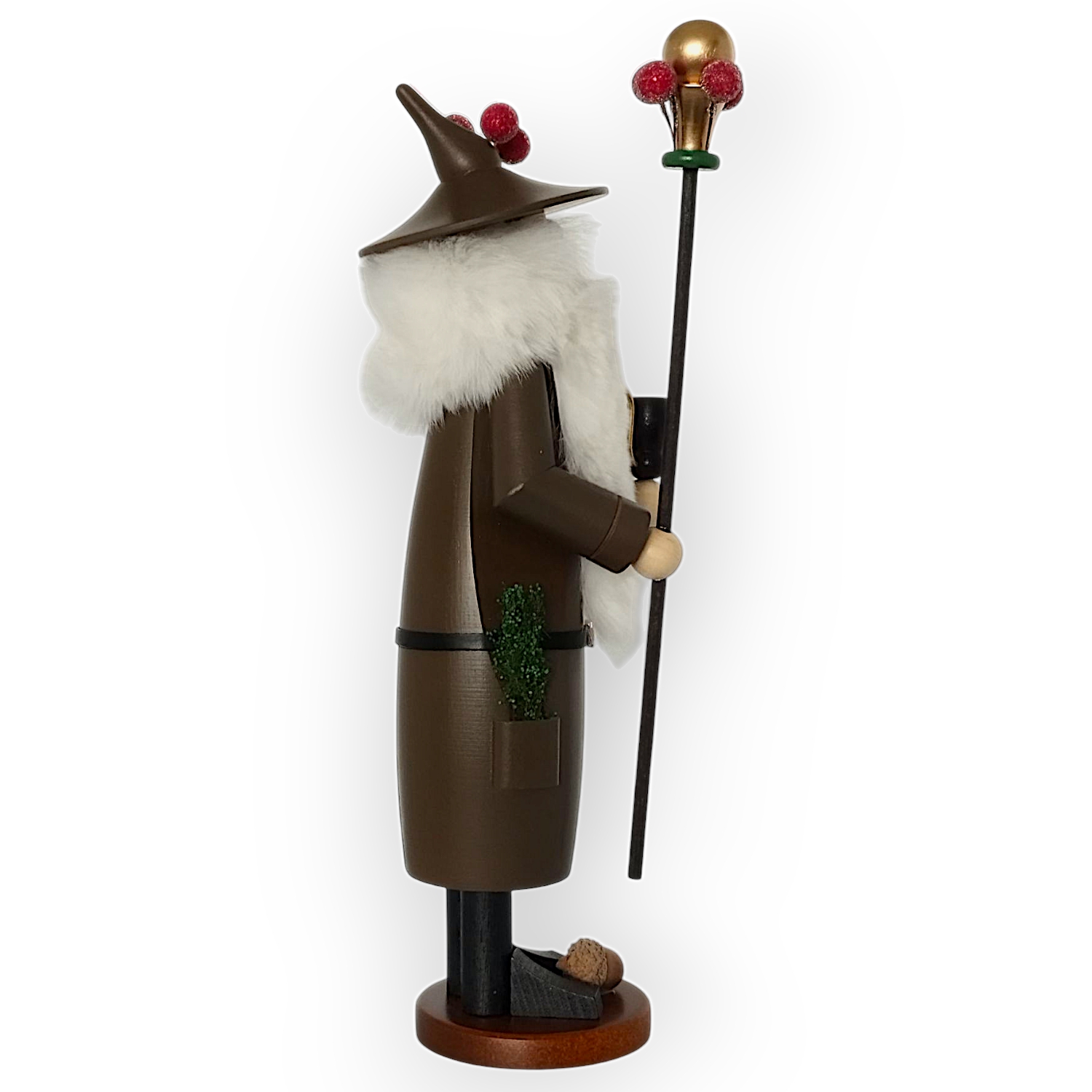

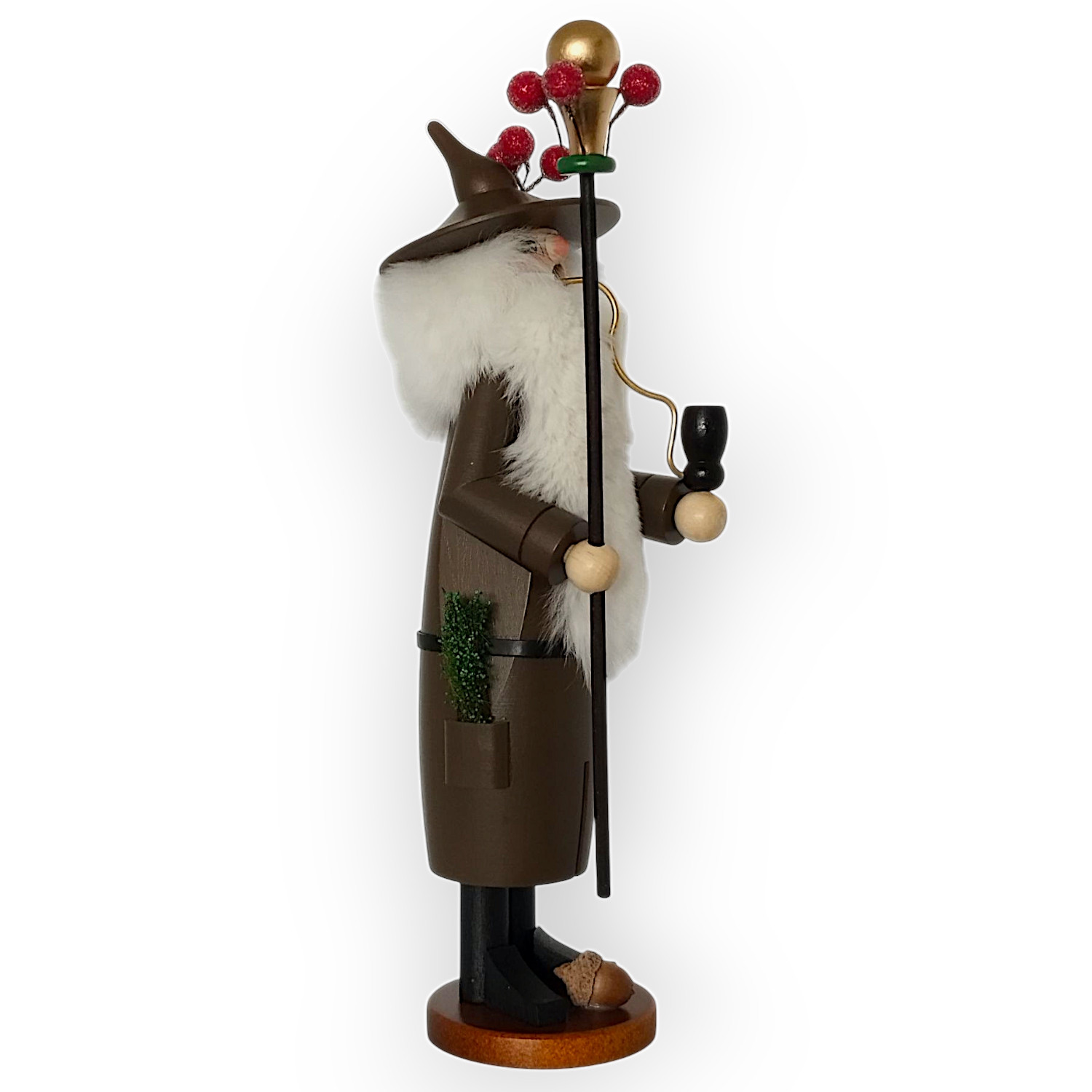
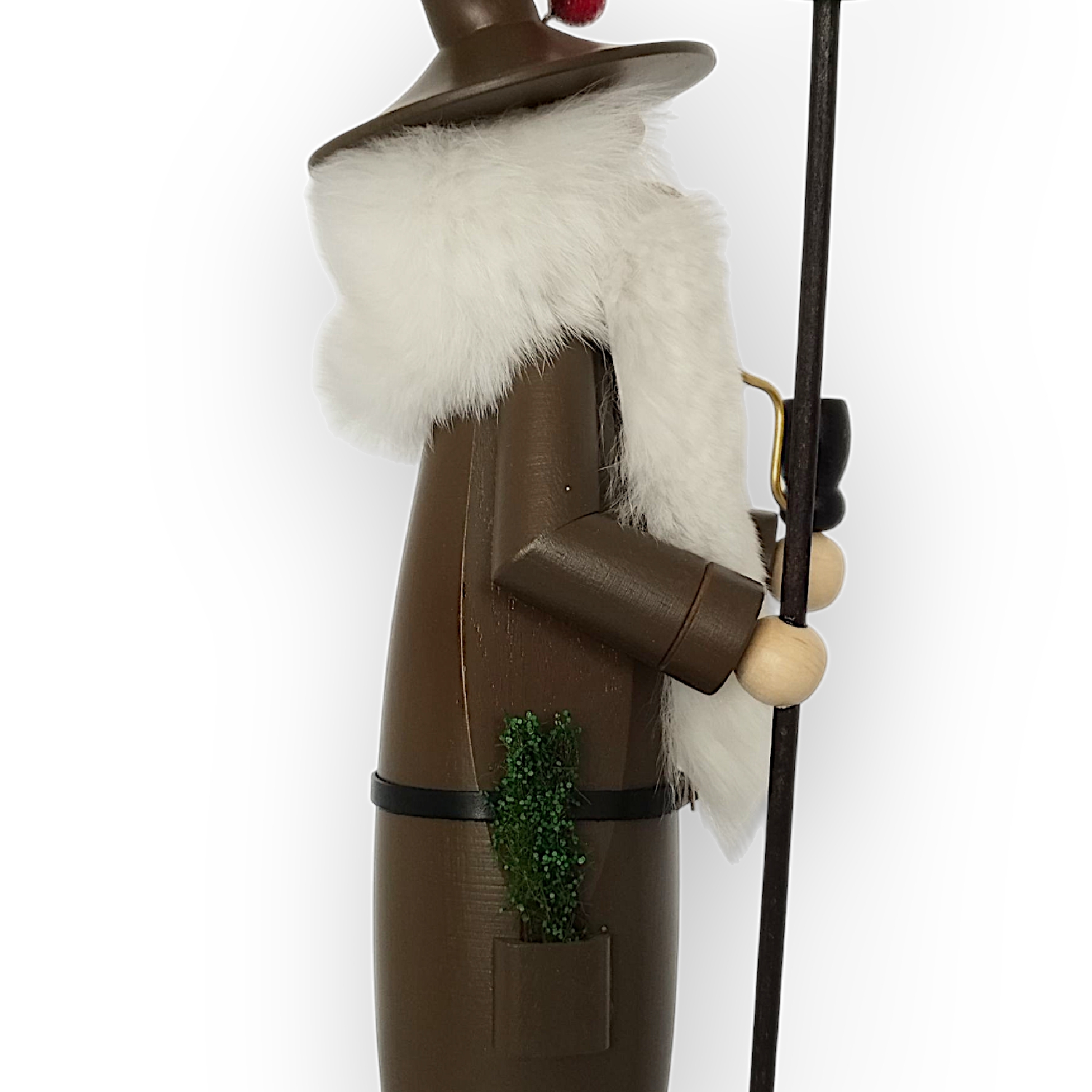
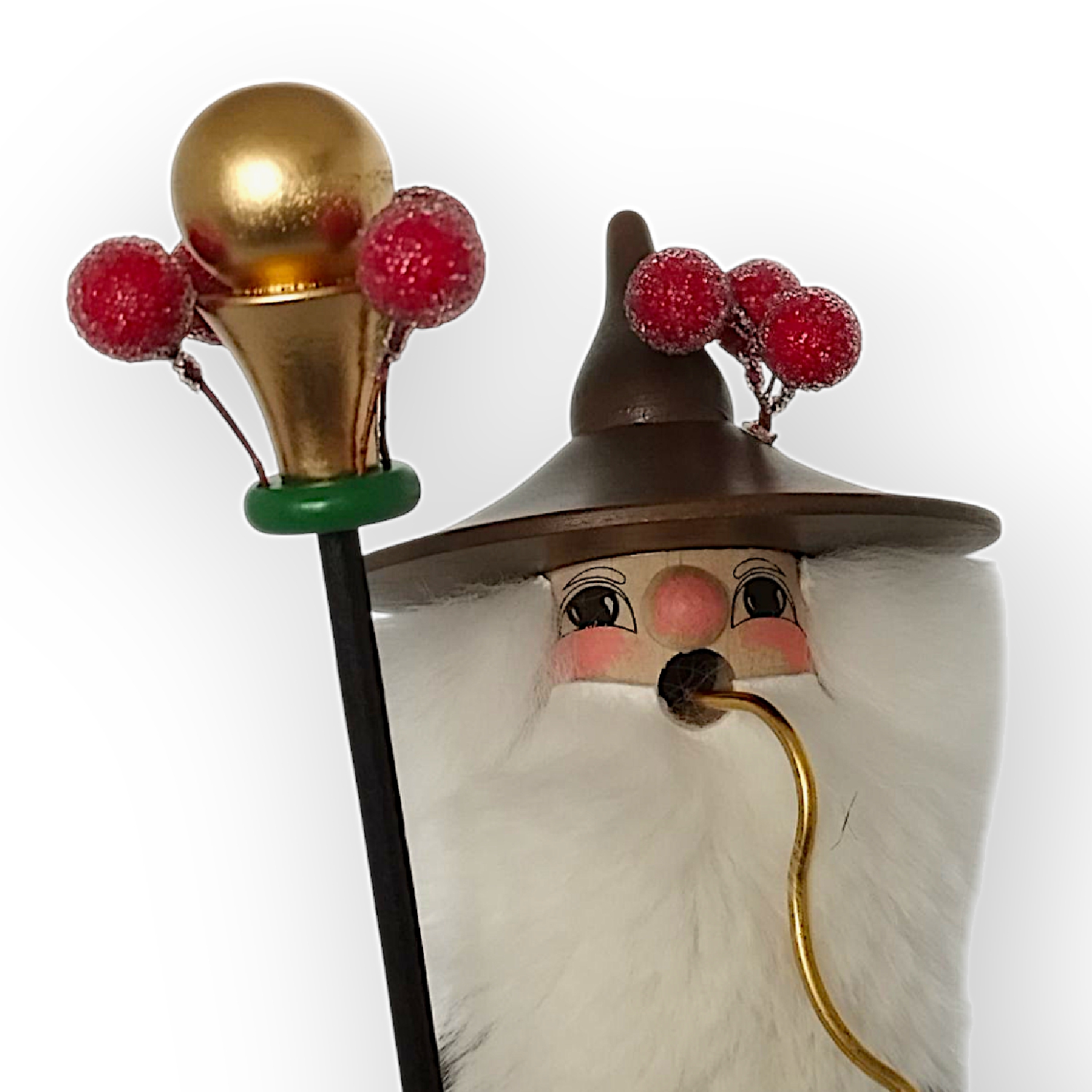
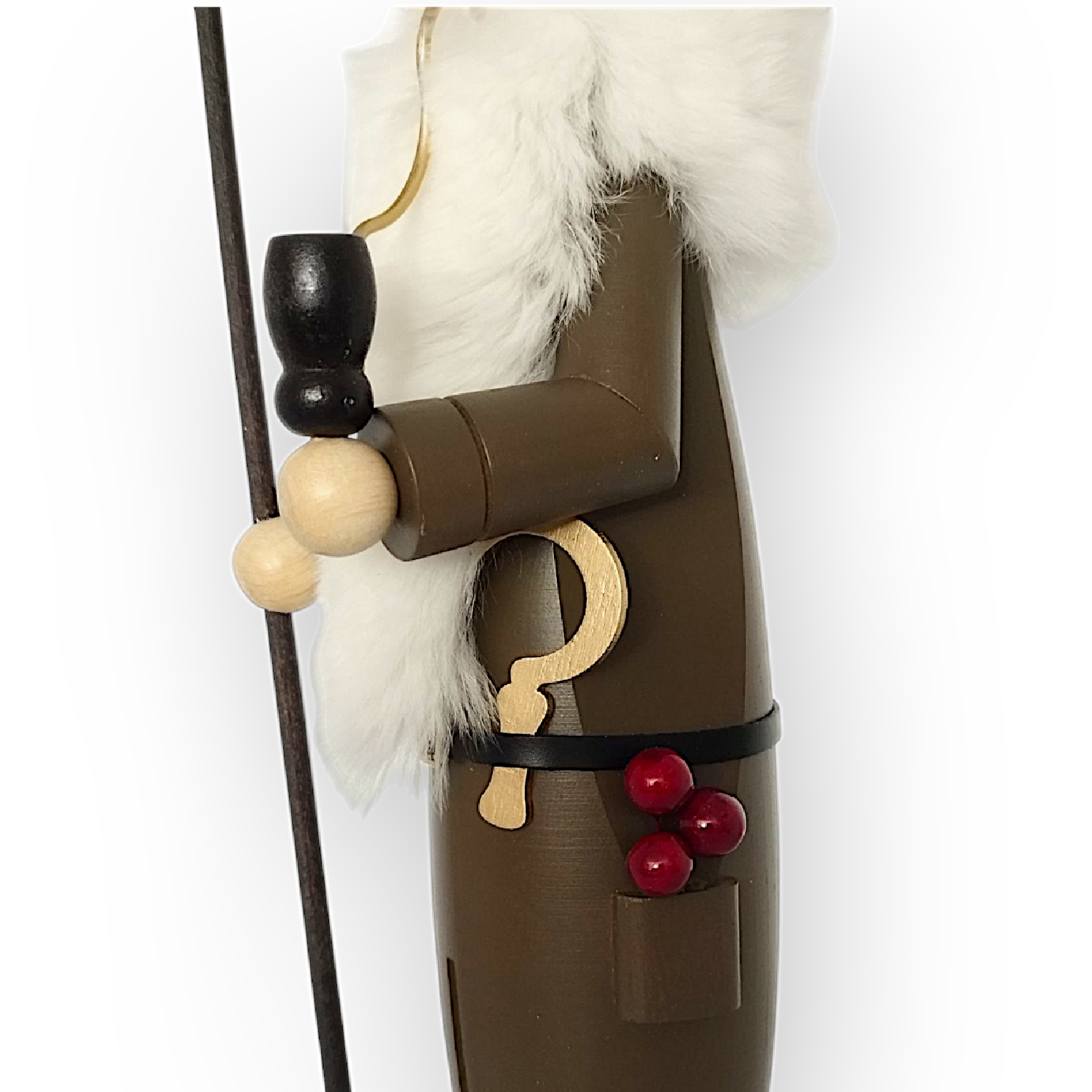
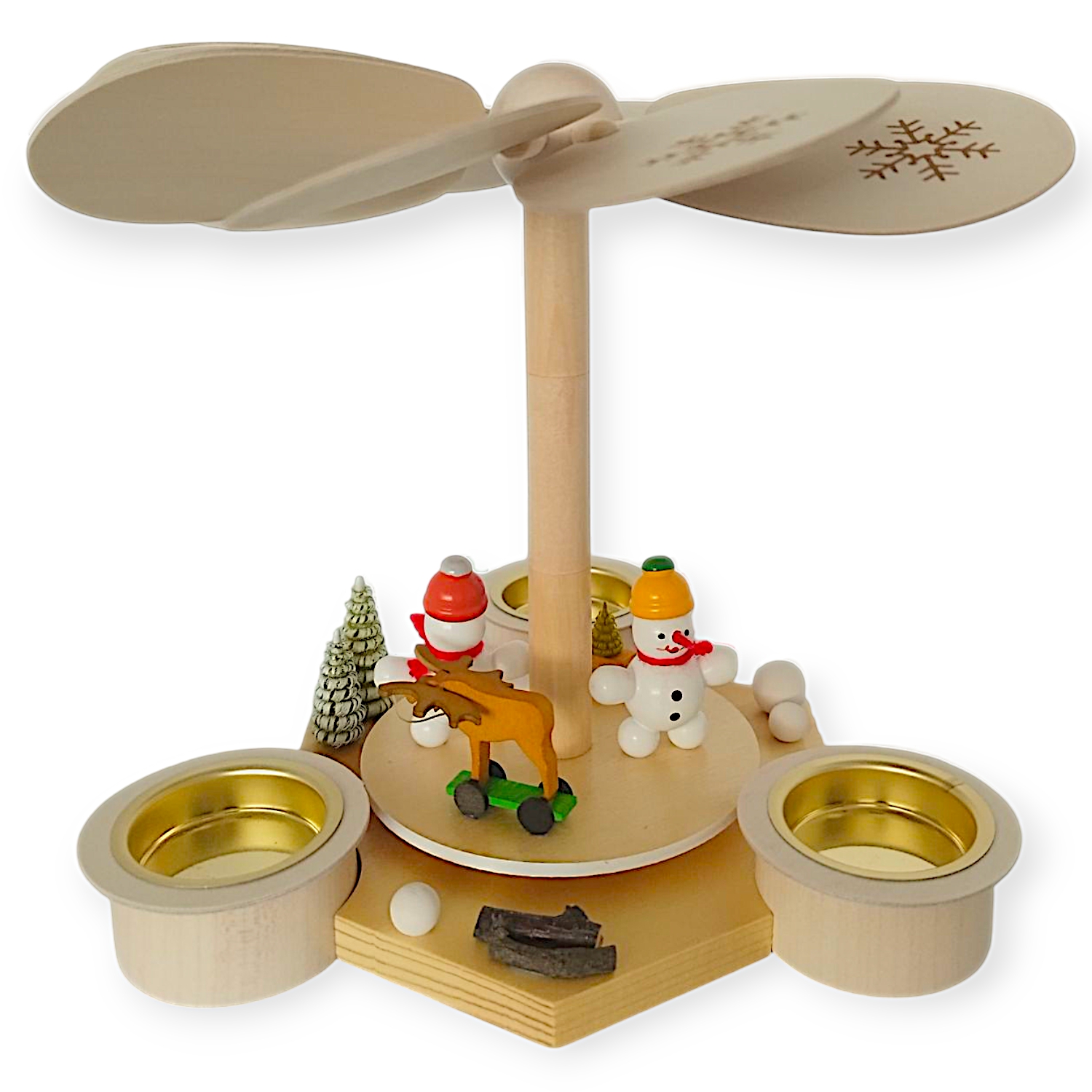
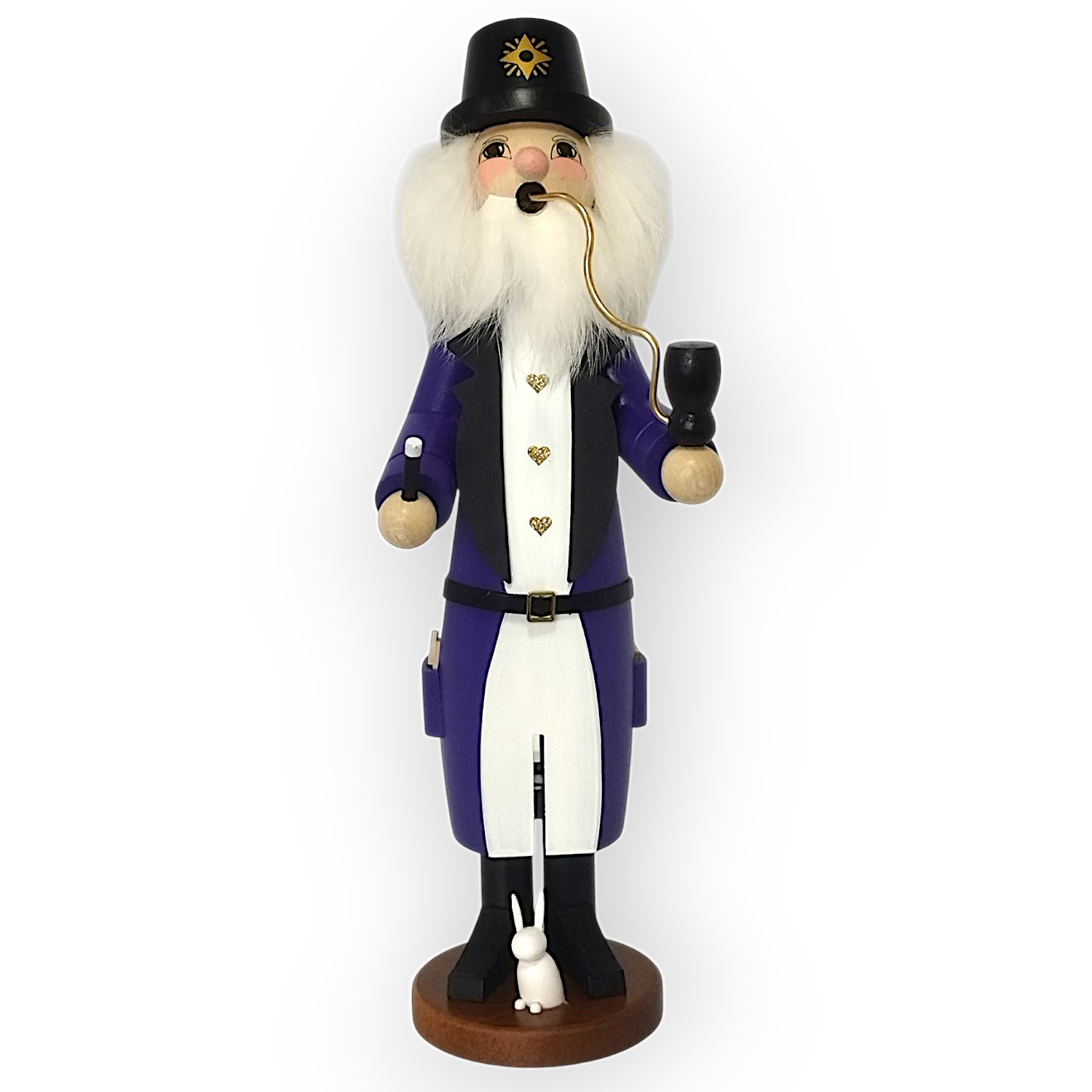
_cico.jpg)
